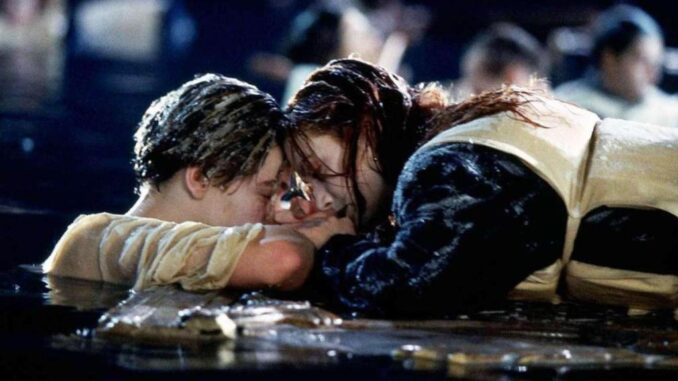
The Frigid Question: Could Jack Have Survived? A Deep Dive into the Titanic Door Theory
The final scene of James Cameron's "Titanic" is etched into cinematic history, a heartbreaking tableau of sacrifice and survival. Rose DeWitt Bukater, atop a floating door, drifts to safety, while Jack Dawson succumbs to the icy embrace of the Atlantic. For over two decades, this scene has sparked furious debate: was Jack's fate inevitable, a tragic necessity for dramatic effect? Or, as many have argued, could Jack have easily shared the door, surviving alongside his beloved Rose? James Cameron, the director himself, has weighed in repeatedly, defending the artistic choice. But recently, with the full force of scientific rigor and a splash of publicity, he re-examined the "Titanic door theory," seemingly revealing a definitive truth. Yet, even with Cameron's experiment, the answer remains stubbornly nuanced, highlighting the complex interplay of physics, psychology, and the power of a story.
The crux of the controversy lies in the buoyancy of the wooden door (or, technically, a panel from the Grand Staircase surround). Critics have long argued that the door was large enough and strong enough to support both Jack and Rose. They point to online calculations and DIY experiments demonstrating sufficient buoyancy. However, Cameron consistently maintained that even if the door could support both individuals, the cold water would have been the killer. He claimed that with both of them fully submerged to keep the door afloat, their hypothermia would have accelerated, ultimately leading to their demise.
Enter the modern age of scientific scrutiny. For the National Geographic documentary "Titanic: 25 Years Later with James Cameron," a series of experiments were conducted, meticulously replicating the conditions of that fateful night. Two stunt performers, matched to Leonardo DiCaprio and Kate Winslet's size and weight, were placed on a replica of the door in a pool of freezing water. Sensors monitored their core body temperatures as they attempted various configurations: both on top, one on top and one clinging to the side, and both submerged.
The results, as presented by Cameron, were illuminating. While the door could indeed support both individuals, the key factor was buoyancy. If both were simply on top, their upper bodies remained exposed, significantly slowing down the onset of hypothermia. However, if both were submerged, even partially, to maintain the door's balance, their core temperatures plummeted rapidly. According to Cameron, only one scenario allowed both to potentially survive: if they were strategic about distributing weight and keeping their vital organs out of the water. He demonstrated that, with some clever maneuvering, both stunt performers could have survived for a significant period, potentially long enough to be rescued.
So, does this mean Jack could have lived? Not necessarily. While the experiment provides a scientifically grounded perspective, it fails to account for the chaos and panic of the situation. Imagine being thrown into freezing water in the dead of night, surrounded by the screams of the dying and the wreckage of a sinking ship. Clear thinking and strategic planning would be incredibly difficult, if not impossible. Jack, already weakened and injured, might not have had the wherewithal to effectively distribute weight or even realize the importance of keeping his upper body out of the water. The experiment operates in a controlled environment, a far cry from the unpredictable reality of the Titanic's aftermath.
Furthermore, the role of trauma cannot be ignored. Rose, though ultimately rescued, likely suffered from severe shock and hypothermia. Jack, faced with the immense pressure of protecting her and potentially injured himself, may have prioritized her survival over his own. Perhaps he made a conscious decision to sacrifice himself, ensuring her comfort and maximizing her chances of rescue. This element of selflessness, though impossible to quantify scientifically, is crucial to understanding the emotional impact of the scene and the enduring legacy of the film.
In conclusion, while James Cameron's "Titanic door theory" experiment offers valuable insights into the physics of the situation, it fails to definitively answer the question of Jack's survival. It reveals that survival was possible, but not necessarily probable. The complexities of the real-life scenario, including the debilitating effects of trauma, the limitations of human decision-making under extreme pressure, and the potential for self-sacrifice, all contribute to a far more nuanced understanding of Jack's fate. Ultimately, the enduring debate surrounding the "Titanic door" reflects our fascination with the film's themes of love, loss, and the enduring power of a compelling story, even when it defies the cold, hard logic of physics. Perhaps the real truth lies not in whether Jack could have survived, but in the profound impact his sacrifice has had on generations of viewers, reminding us of the enduring strength of the human spirit in the face of unimaginable tragedy.
